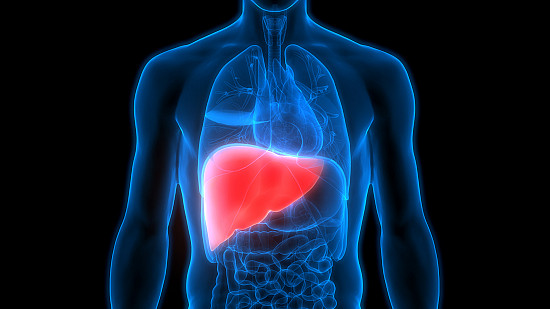
The liver is one of the hardest-working organs in the human body. Every hour, it processes hormones, filters toxins, manages blood sugar, metabolizes nutrients, and produces bile for digestion. It is constantly active—day and night—regenerating cells, detoxifying the bloodstream, and keeping us alive.
But in a world overloaded with environmental toxins, poor sleep, overfeeding, and stress, the liver rarely gets a break. The concept of giving the liver a “Sabbath”—a regular period of intentional rest—can be a powerful, restorative health practice rooted in both physiological wisdom and biblical rhythm.
Why the Liver Needs Rest
1. Constant Exposure to Modern Stressors
The average person is exposed to hundreds of chemicals daily—from food preservatives and personal care products to medications and pollutants. All of this ends up at the liver’s doorstep. Without downtime, detox pathways can become sluggish, and liver enzymes may become dysregulated.
2. The Liver Has a Rhythm
Like every other organ, the liver follows a circadian clock. It performs certain detoxification tasks more effectively at night. When we eat late, drink alcohol before bed, or stay up past midnight, we disrupt the liver’s natural cycles and overload it during its regenerative window.
3. Overnutrition Equals Overwork
Frequent meals, excess sugar, alcohol, and refined fat consumption lead to hepatic fat accumulation (fatty liver), elevated liver enzymes, and reduced metabolic flexibility. Strategic rest from food—especially inflammatory foods—gives the liver space to repair.
What It Means to Give the Liver a Sabbath
A liver sabbath doesn’t mean complete shutdown. It means removing unnecessary burdens so the liver can catch up on repair, regeneration, and detoxification. This practice is not about starvation or extreme fasting, but about intentional rhythmic restoration.
How to Rest the Liver
1. Implement Intermittent Fasting or Time-Restricted Eating
Allowing the liver 12–16 hours without food improves insulin sensitivity, stimulates autophagy, and allows liver enzymes to recalibrate. This also lowers liver fat and reduces oxidative stress.
- Example: Stop eating by 7:00 p.m., don’t eat again until 11:00 a.m. the next day.
2. Eliminate Alcohol for a Period of Time
Even moderate alcohol use demands significant energy from the liver to neutralize. Alcohol breaks the liver’s healing rhythm and promotes fat accumulation.
- Try a 30-day alcohol sabbath to reduce liver inflammation and enzyme load.
3. Cut Sugar, Seed Oils, and Processed Foods
These foods contribute to fatty liver disease, poor bile flow, and increased oxidative burden. Whole foods—especially cruciferous vegetables—support liver phase 1 and 2 detox pathways.
- Focus on beets, broccoli, dandelion greens, garlic, turmeric, and lemon water.
4. Support Bile Flow and Detoxification
The liver detoxifies through bile production. If bile becomes stagnant, toxins recirculate. Bitter foods and hydration support this process.
- Add apple cider vinegar, ginger tea, and bitter greens like arugula and chicory.
5. Prioritize Sleep and Circadian Alignment
The liver’s most active detox window is between 11:00 p.m. and 3:00 a.m. Getting to bed early and sleeping deeply allows phase 1 and 2 detox enzymes to perform their full cycle.
- Sleep in a dark room, avoid blue light after 8:00 p.m., and finish meals at least 3 hours before bed.
6. Consider a One-Day Weekly Fast or Simplified Diet
Giving the liver one “day off” per week—such
Leave a Reply